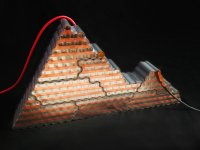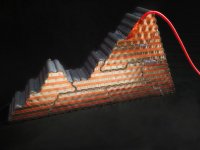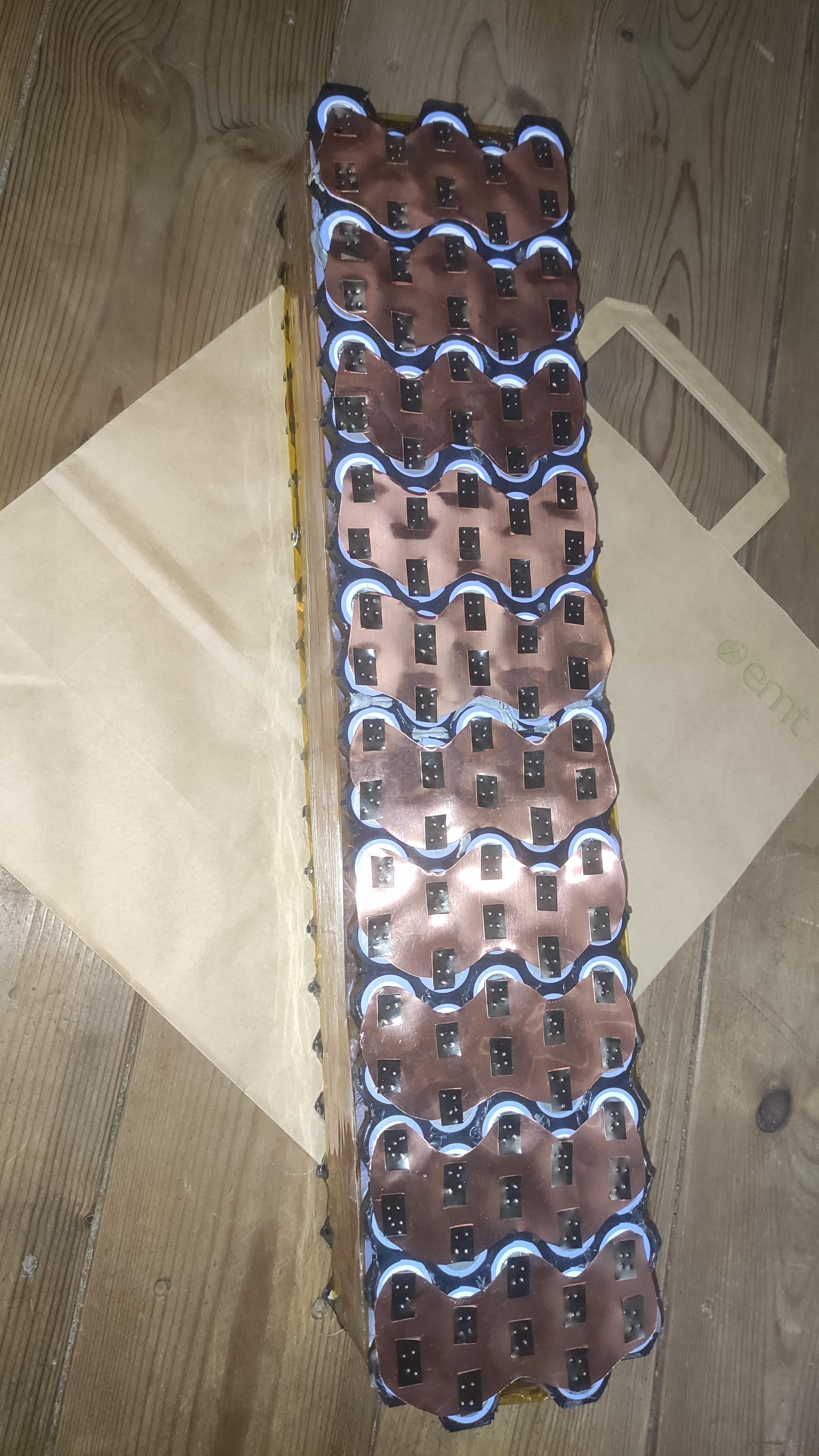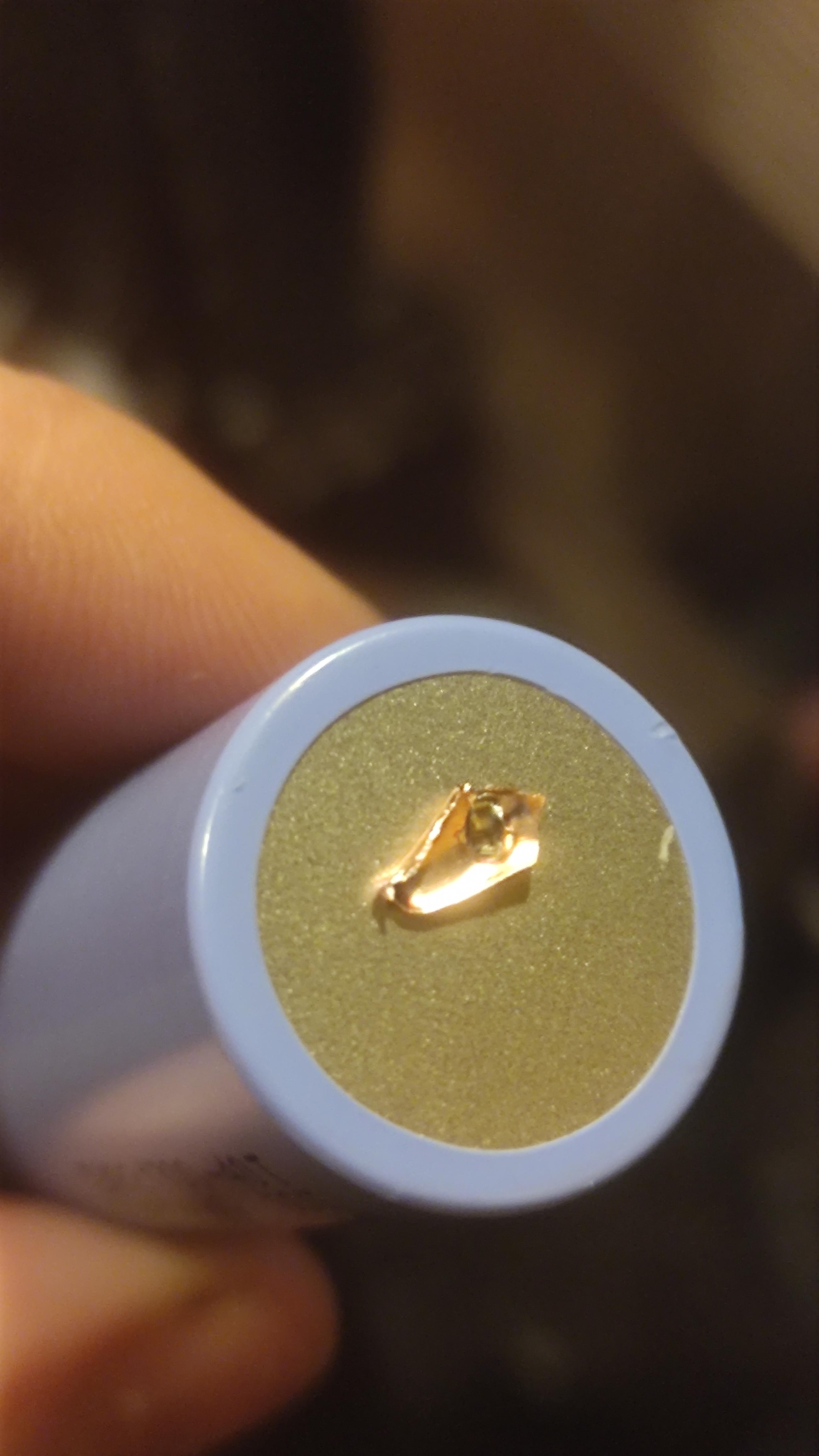The cells should be mechanically supported and no physical stress should be put on the tabs. I do understand that the quote specifically mentions that the heat-expansion and contraction of the copper bus was the issue, but...You must design a battery pack to avoid generating heat in the first place. Motors can safely get very hot time after time, and last many years (200F / 93C are common). Even controllers can get VERY warm and remain durable. However, heat in the battery pack should always be avoided.
My cordless drill has several sizes of battery, and the smallest (lightest) version gets warm if I use it constantly for 30 minutes on a job, but it is trying to get the full system amps from the smallest size (2.0-Ah). The 5.0-Ah pack has twice as many cells as the smaller one (ten cells vs five cells). So...why isn't the larger pack 4.0-Ah? Since they are getting the same pack amps from twice as many cells, the amp-draw from each cell is cut in half.
This means they can use cells that have more capacity for a longer run-time (2.5-Ah per cell vs 2.0-Ah). The larger pack doesn't get hot.
Arlo is experienced, but he doesn't mention the amp-draw from each cell, what temperatures the cell encountered at the spot-weld, or how thick the copper bus was (thicker runs cooler). How deep was the weld? Did he use a nickel or steel cap over the copper tab? What welder was used, and what amount of energy was used in the weld? I believe Arlo is racing this?
It's good that you brought up this issue, but specific issues can have specific work-arounds and solutions.





